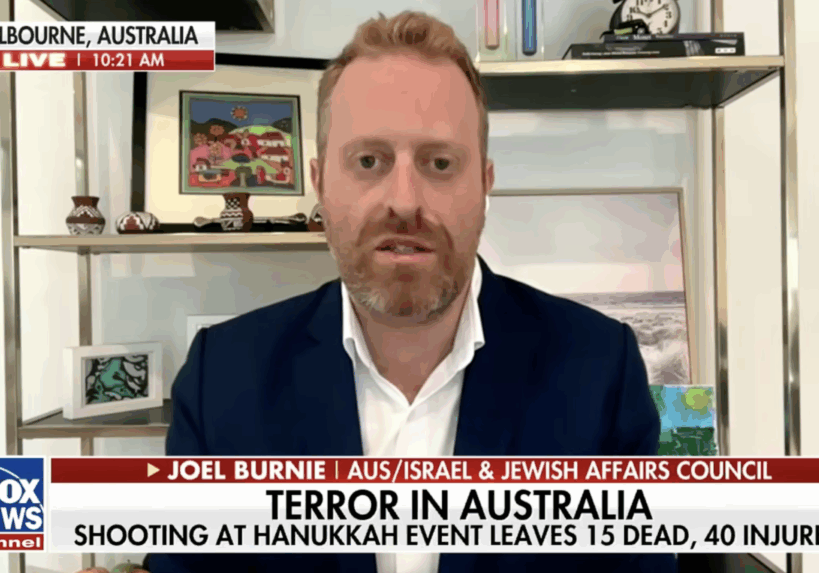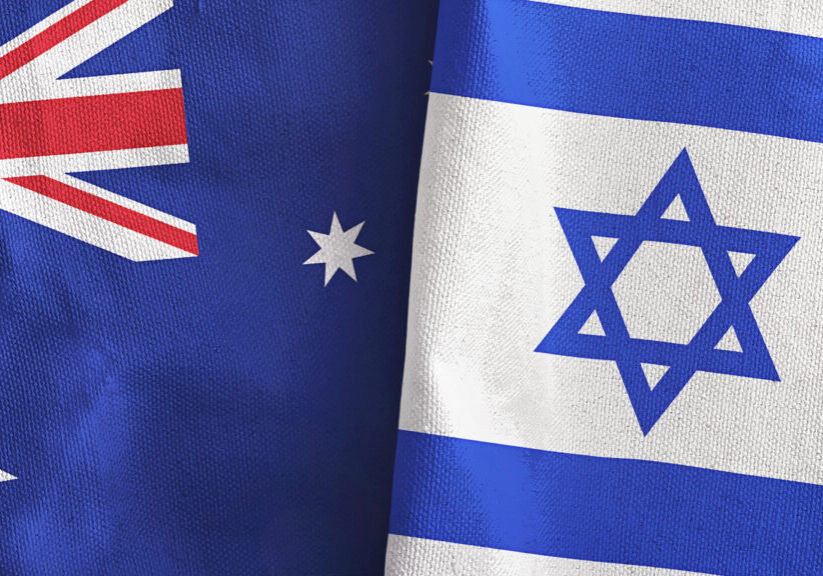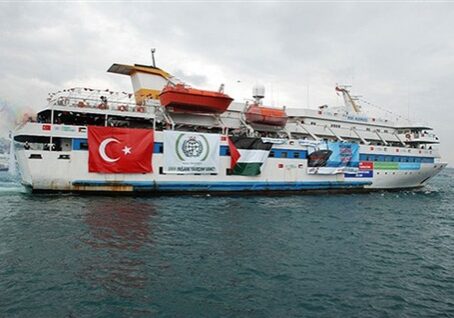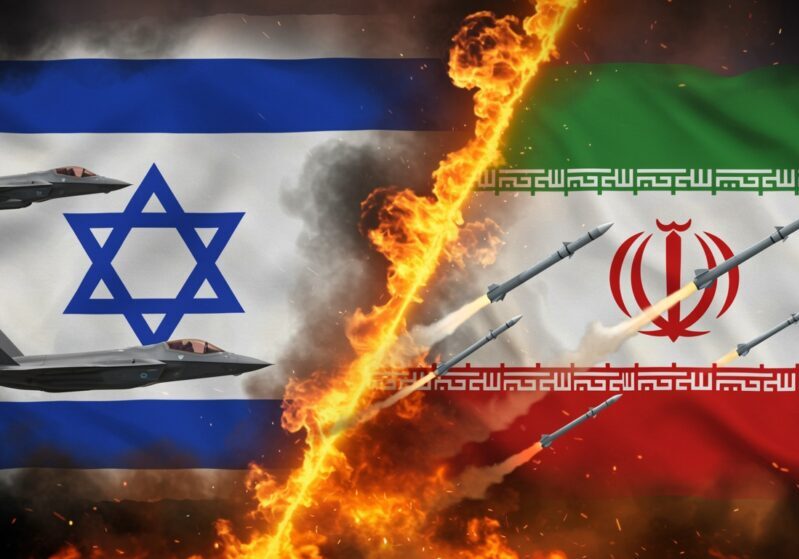Australia/Israel Review
Hamas’ war on “collaborators”
Feb 25, 2025 | Seth Mandel
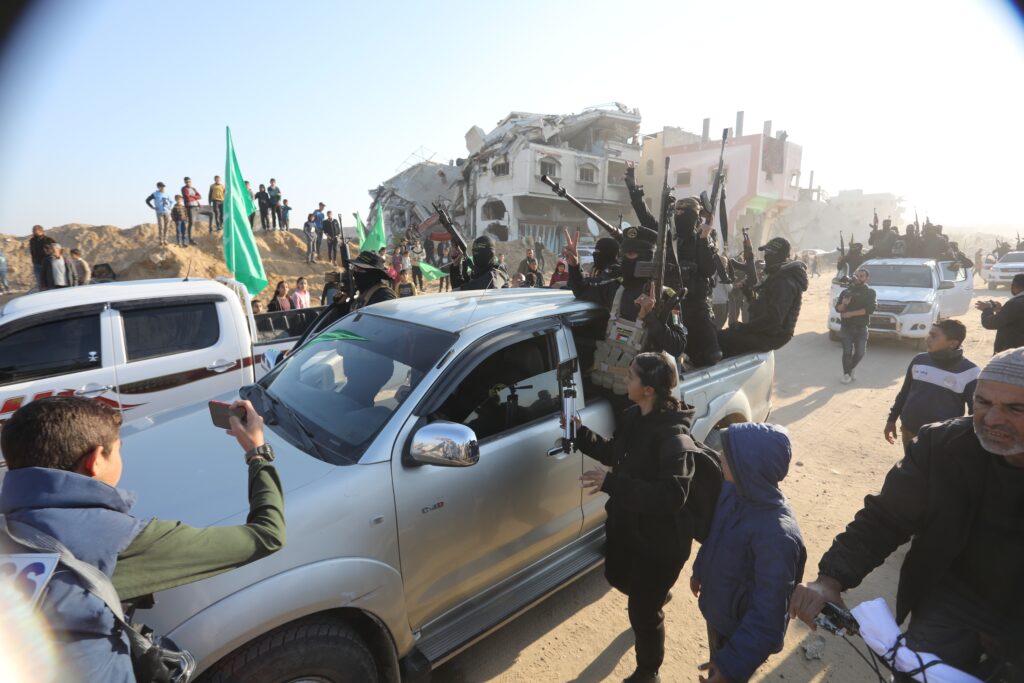
Hamas is always at war – sometimes with Israel and sometimes with its own people. You can tell the difference by the fact that Hamas only wears military uniforms when it’s carrying out a campaign of terror and score-settling on Palestinians in Gaza.
Amid all the debate over the future of Gaza, Western media and supposedly “pro-Palestinian” advocates are noticeably quiet about Hamas using the ceasefire to murder and maim the Palestinian civilians whose wellbeing the world suddenly stopped fretting over.
On January 23, four days into the ceasefire, a Gazan-born Palestinian dissident reported that Hamas’ Telegram channel was crowing about the terror group’s execution of presumed “collaborators”. He followed up with a video that soon made the rounds on social media showing Hamas gunmen shooting civilians in the legs as they lay on the ground with their hands tied.
Later that night, Gaza Now, a Hamas-affiliated outlet, reported that “5 collaborators of the Zionist occupation were executed in the southern Gaza Strip a short while ago, bringing the number of collaborators executed today to 11.”
By the end of the month, Hamas was boasting of hundreds of supposed collaborators it would be combing through Gaza to execute: “The beginning is Rafah, then Khan Yunis… The rest of the governorates, one after the other, will be dealt with by a special unit affiliated with the security services in Gaza. They will strike with an iron fist, and there will be no repentance for anyone except [by] the punishment of bullets.”
On Feb. 6, Israeli newspaper Maariv reported that, three weeks into the ceasefire, the campaign was still ongoing: “The terrorist organisation began executions and a widespread wave of arrests. Not only those suspected of any collaboration with Israel, but also anyone who rebels against the situation in Gaza, in any form whatsoever, including on social media, is arrested by Hamas members.” On Feb. 13, Hamas reportedly opened fire on a family near Khan Younis.
Hamas does this after every war. It’s a tradition.
Not that Gazans were free of that tradition during the war. But it’s a more focused campaign now that Hamas brigades aren’t afraid to operate out in the open.
Hamas, of course, really does rule with an iron fist. The terrorists of Gaza also kill with reckless folly: On Feb. 14, an errant rocket aimed at Israel fell inside Gaza and killed a Palestinian teen.
None of this is terribly unusual. But it’s worth pointing out that Hamas remains able to commit horrific crimes against Israeli hostages and Palestinian locals at the same time. Which means that, while Hamas may be far from its pre-war strength, the status quo in Gaza remains.
Which is another way of saying that there will be no rebuilding of Gaza in the near future. Hamas remains in control of the enclave, and its behaviour is identical to the way it acted during and before the war. There is less for Hamas to break in Gaza, but it intends to break what it can find.
Considering all this, there is something almost silly about the way the discourse on the conflict has become monopolised by the subject of postwar recovery. Even if Palestinian civilians wanted to leave the enclave temporarily to allow their neighbourhoods to be rebuilt, Hamas wouldn’t let them go anywhere – and Hamas certainly wouldn’t leave of its own free will.
During active conflict, Hamas is the biggest threat to Gazans: Israel creates safe zones and gives advance notice of attacks in the hot zones, and Hamas’ use of those humanitarian sectors puts civilians in the line of fire. And when there’s not active conflict, Hamas is still the biggest threat to Gazans: It just goes around executing them at will.
Any plan, therefore, that aims to improve life for Palestinians requires a realistic way to rid Gaza of Hamas. Without that, there is no “Riviera on the Med,” no two-state solution, no peace – no change at all.
Seth Mandel is senior editor of Commentary magazine. © Commentary (commentary.org), reprinted by permission, all rights reserved.
Tags: Gaza, Hamas, Israel, Palestinians

